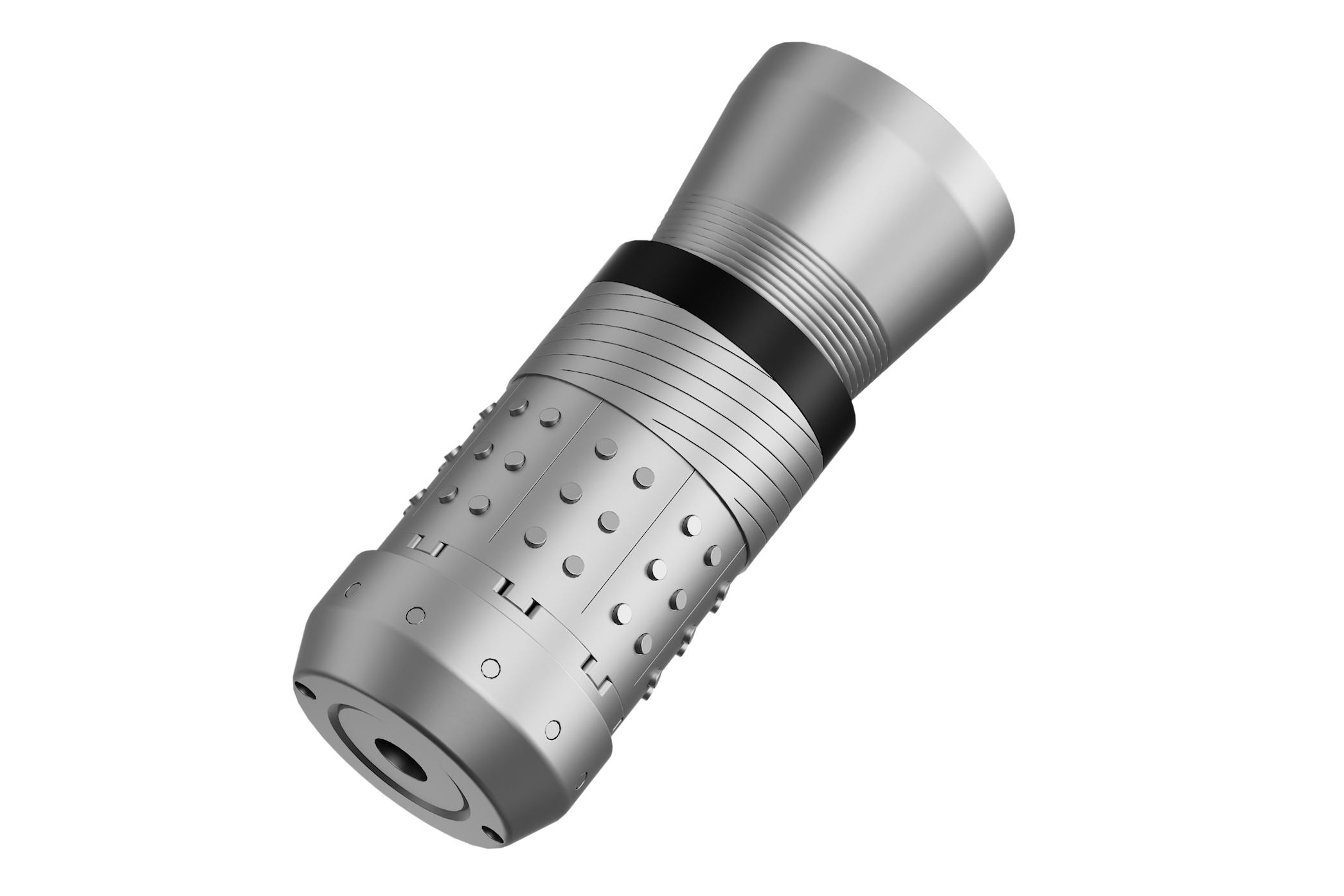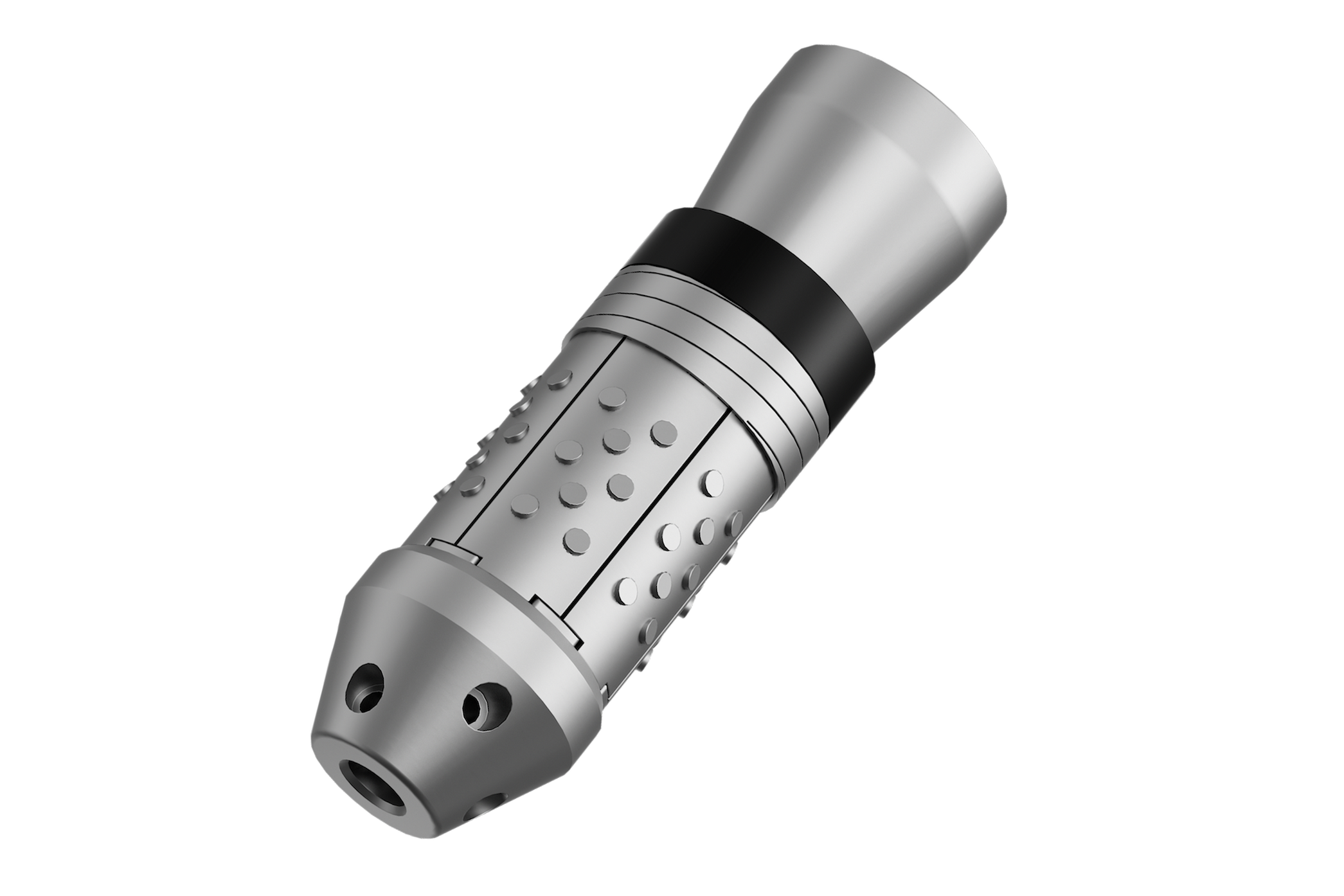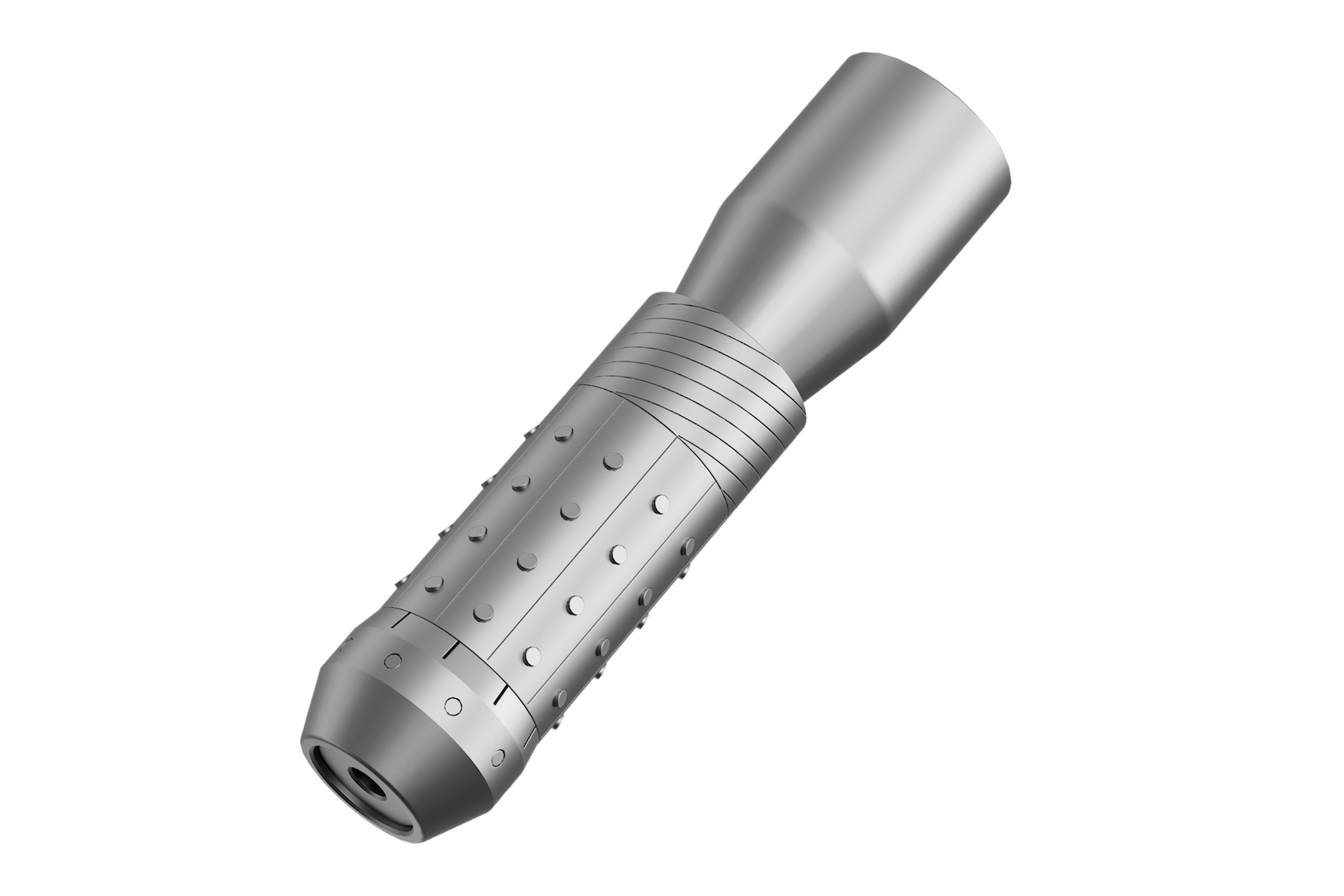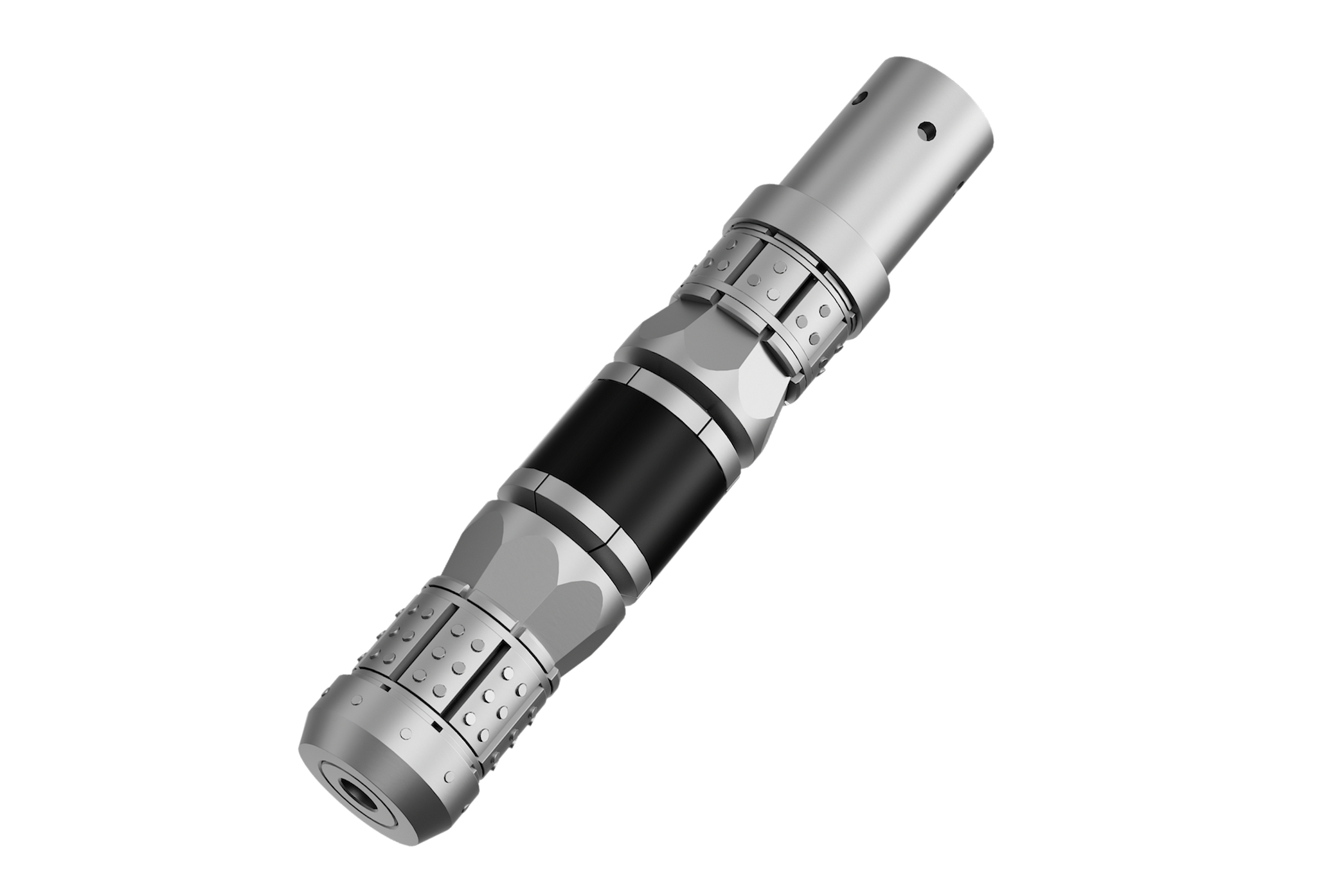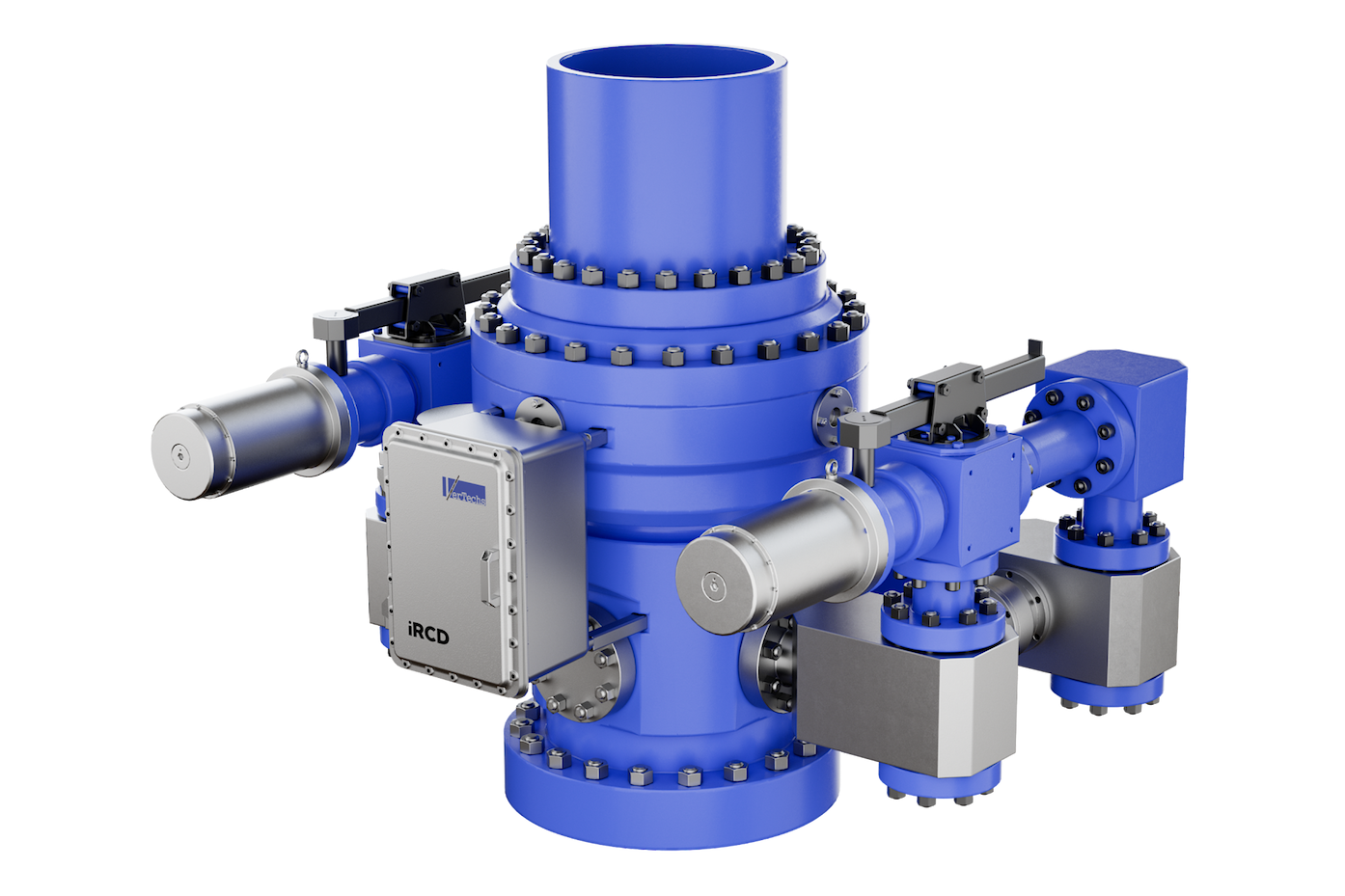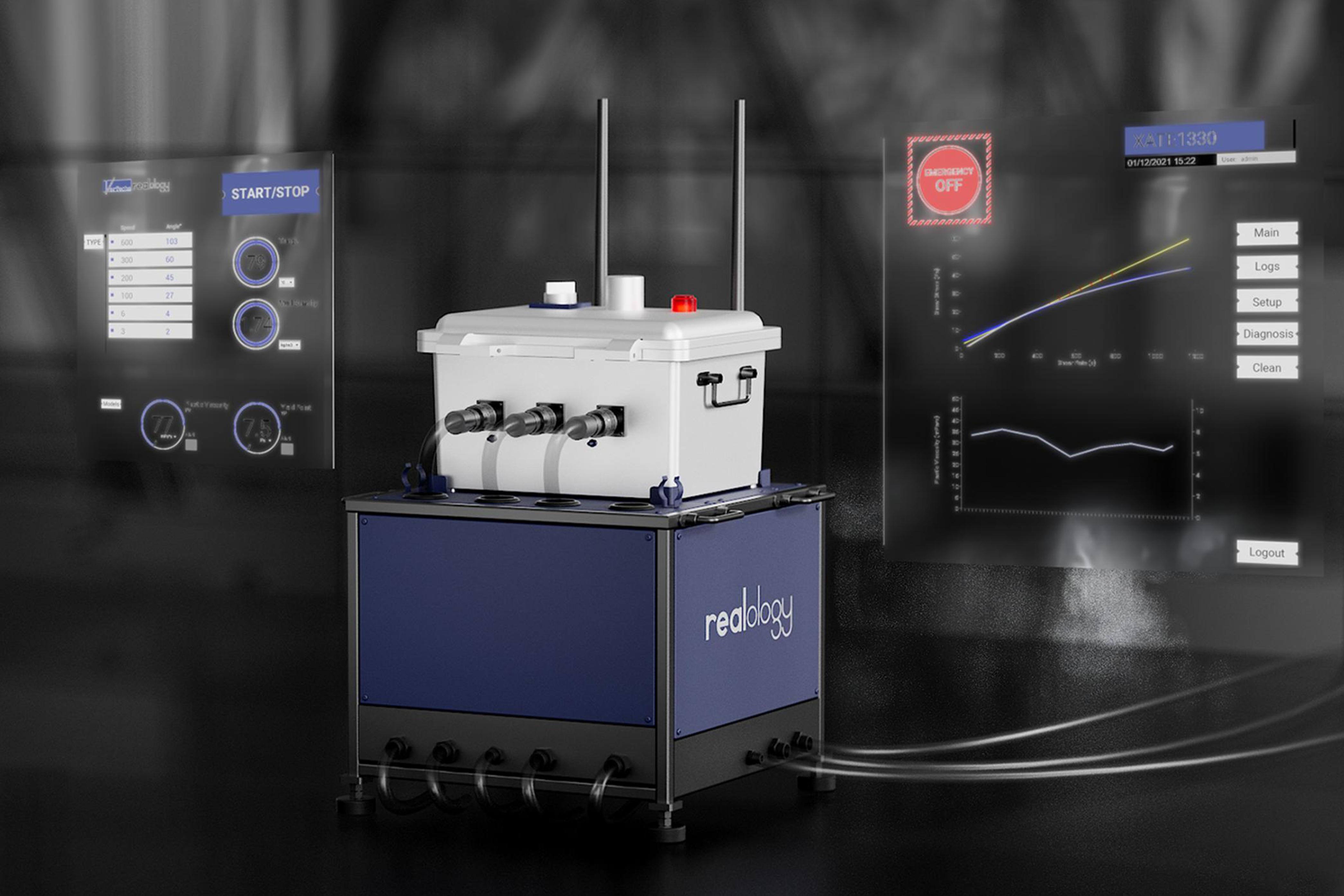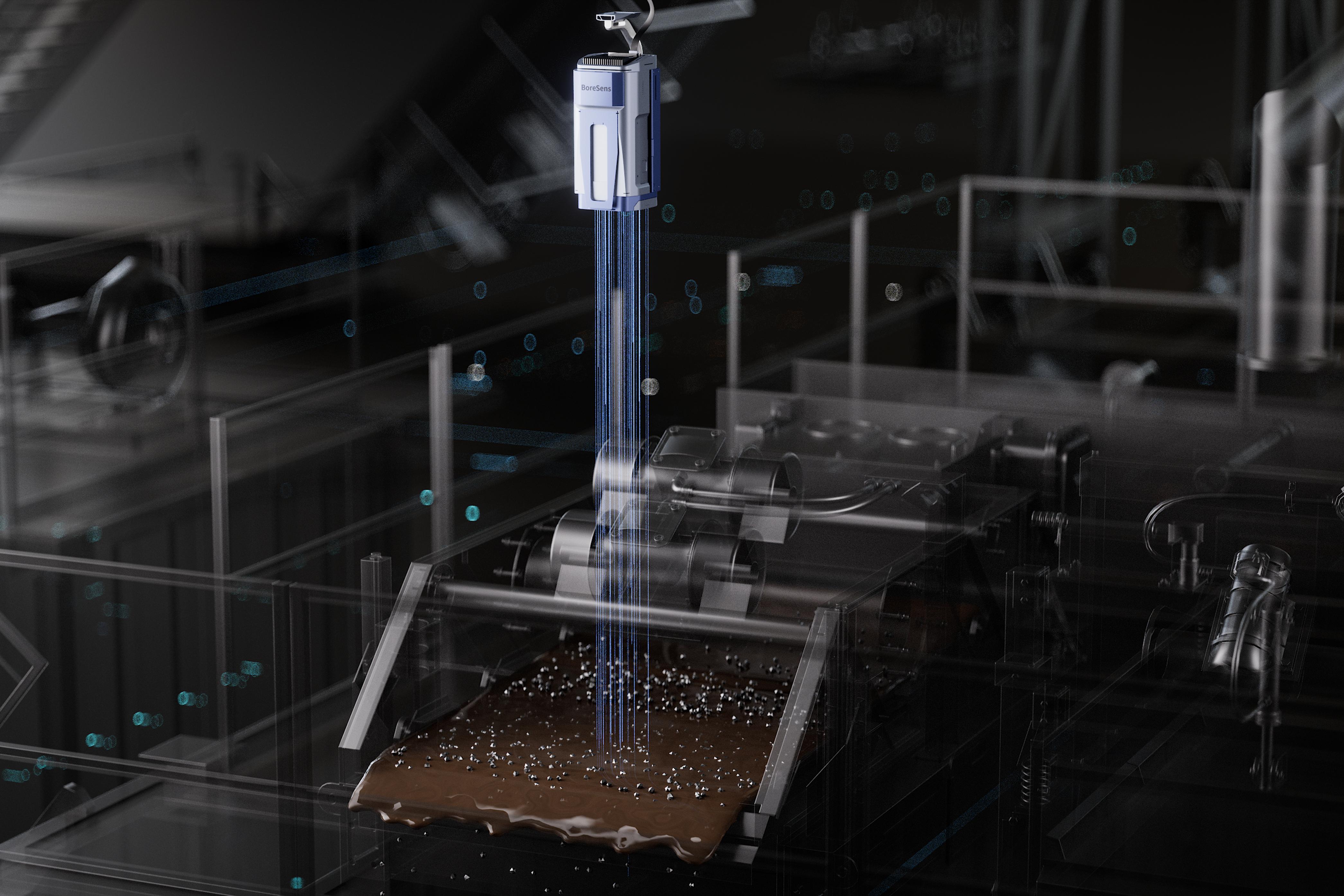How Fluid Rheology Impacts Well Control in Drilling Operations
2025-10-10

In oil and gas exploration, it is paramount that the processes of drilling remain safe and stable. Fluid rheology is one of the very important yet overlooked aspects that help define such stability. If a good feeling for the relationship between fluid rheology and changes in well control is developed, it could serve as a rare insight into avoiding costly and life-threatening blowouts. This article looks at how the drilling fluid rheology influences drilling performance, pressure balancing, and well control in general.
What Is Fluid Rheology?
Fluid rheology deals with how drilling fluids behave under different flow conditions and serves as a basis for the classification of the different drilling muds. It simply deals with how a fluid is subjected to shear force. It could either resist shear force or simply flow under shear force, thus acting just like water or honey. Fluid rheology influences the drilling muds in carrying cuttings, in maintaining pressure so that fluids from the formation do not enter the wellbore.
Drilling fluids are not any simple liquids but complex mixtures comprising water, oil, clay, polymers, and chemical additives. Each of these components influences the rheological properties affecting flow, viscosity, and yield stress. When properly adjusted, these properties ensure that the fluid helps prevent the well from collapsing and maintains hydrostatic pressure, which represents the first step in proper well control.
Fluid rheology and well control, therefore, are linked concepts
Pump pressure is the force that keeps a well under control between drilling fluid pressure and formation fluid pressure. If formation pressure is greater than the hydrostatic pressure exerted by drilling mud, fluids such as gas, oil, or water will enter the well, and this is called a "kick". If not controlled, it escalates into a blowout with environmental hazards, loss of equipment, and death to human beings.
Rheology indeed controls this specific pressure balance. The appropriate rheology will make the drilling fluid exert consistent pressure in the wellbore so as to block formation fluids. These fluids with low viscosity will not suspend cuttings properly and hence may lead to well control problems, while those with too high viscosity will retard circulation and possibly increase the equivalent circulating density (ECD), again hindering well control.
Important Rheological Parameters in Well Control
The drilling engineer monitors the following key rheological parameters during safe and efficient well control:
Plastic Viscosity (PV):
PV is a measure of resistance to flow due to friction between particles within the fluid. A low PV indicates smooth circulation, while a high PV is indicative of thick mud that hampers flow. Therefore, PV should be just right for adequate fluid movement without excessive pressure buildup.
Yield Point (YP):
This parameter stands for the carrying capacity of the fluid to carry cuttings outside of the hole. An optimally balanced yield point enables efficient transportation of debris without the settling of particles, which might lead to stuck pipe or wellbore instability.
Gel Strength:
This defines the level of strength a fluid has for holding solids in suspension when the circulation is stopped. A proper gel strength is needed during tripping operations or shutdowns to prevent the cuttings from settling at the bottom.
Viscosity:
Viscosity is generally a measure of the thickness or thinness of a fluid. The control of viscosity ensures the right flow rates and hydrostatic pressure within safe limits.
Each of these parameters affects the fluid differently at diverse pressure and temperature levels. These factors form the basis for good well control practices.
Effect of Temperature and Pressure on Fluid Rheology
Drilling fluids have the potential to change their rheological properties far away from the surface. The fluid tends to get less viscous due to the effect of temperature increase with the increase in depth. This thinning effect spells less carrying capacity for the fluid and an unstable pressure environment.
To negate this, drilling engineers modify the fluid composition with additives so that the rheological behavior is stabilized at extreme conditions. Once operators understand the effect of temperature and pressure on fluid rheology, they can preempt changes and maintain steady well control even under high-pressure and high-temperature (HPHT) environments.
Optimizing Fluid Rheology for Well Control
Getting well control with the right rheological balance is both science and art at the same time. Here are some best practices drilling professionals aim to apply to achieve the best results in terms of well control:
Regular Mud Testing: Continuous rheological testing ensures early detection of changes in viscosity or yield point, such that timely adjustments can be made.
Proper Additive Administration: Administering the right mixture of polymers and weighting agents ensures that the mud properties are maintained.
ECD Monitoring: Keep the Equivalent Circulating Density within safe limits to prevent fractures and fluid losses to the formation.
Temperature compensation: Choosing additives that stabilize viscosity at different temperatures maintains continuous performance.
Data analysis in real time: In modern drilling operations, sensor monitors prevent incidents with computer software well control problems, and control fluid behavior to predict fluid behavior with fluid behavior.
Proper reologous management maintains the fine balance between pressure and soil weight, and ensures the status of a stable wellbore and reduces operating risk.
Results of Poor Reiological Control
Operational problems can arise many problems when liquid reindeer remain uncontrolled:
Kick and Blowout: Permission to enter the well-bore due to insufficient soil pressure is the result of poor re-riology.
Lost circulation: A little too much thick mud can increase the pressure to break in formation.
Stuck Pipe: Wrong gel strength makes it possible to arrange solids, which causes the drill string to bind up.
Welber -Stability: Uneven pressure distribution will destroy the walls of the borehole, which will reach severe shutdown.
Such examples indicate the need to understand and control riology to maintain well control during drilling.
The role of technology in re-renalological monitoring
Recent progress in drilling technology has changed the way engineers manage fluid straps. Automatic rymetors, real-time data collection systems, and predictable analyses allow teams to continuously monitor fluid properties. Artificial Intelligence (AI) models can also predict Reiological Changes based on drilling parameters, and help them prevent problems before they arise.
This integration of technology not only improves control well, but also increases efficiency, reduces waste, and reduces environmental effects. As drilling moves towards automation and digitalisation, fluid straps will be an important focus area for safe and efficient operation.
Conclusion
Fluid plays a key role in achieving effective control during drilling operations. Understand how fluids behave under different pressures and temperatures, drilling engineers can design systems that maintain balance, ensure safety, and adapt to performance.
The coordination between proper fluid roadology and well control is undisputed - cannot be effective present without each other. As the industry develops, coping in this regard will continue to define success in safe, durable, and effective drilling practice.
Read Our One More Blog(1): How big data is bringing revolution in oil and gas well in control
Read Our One More Blog(2): Harnessing Big Data in Oil and Gas: Vertechs’ Downhole Technologies and Monitoring Solutions


